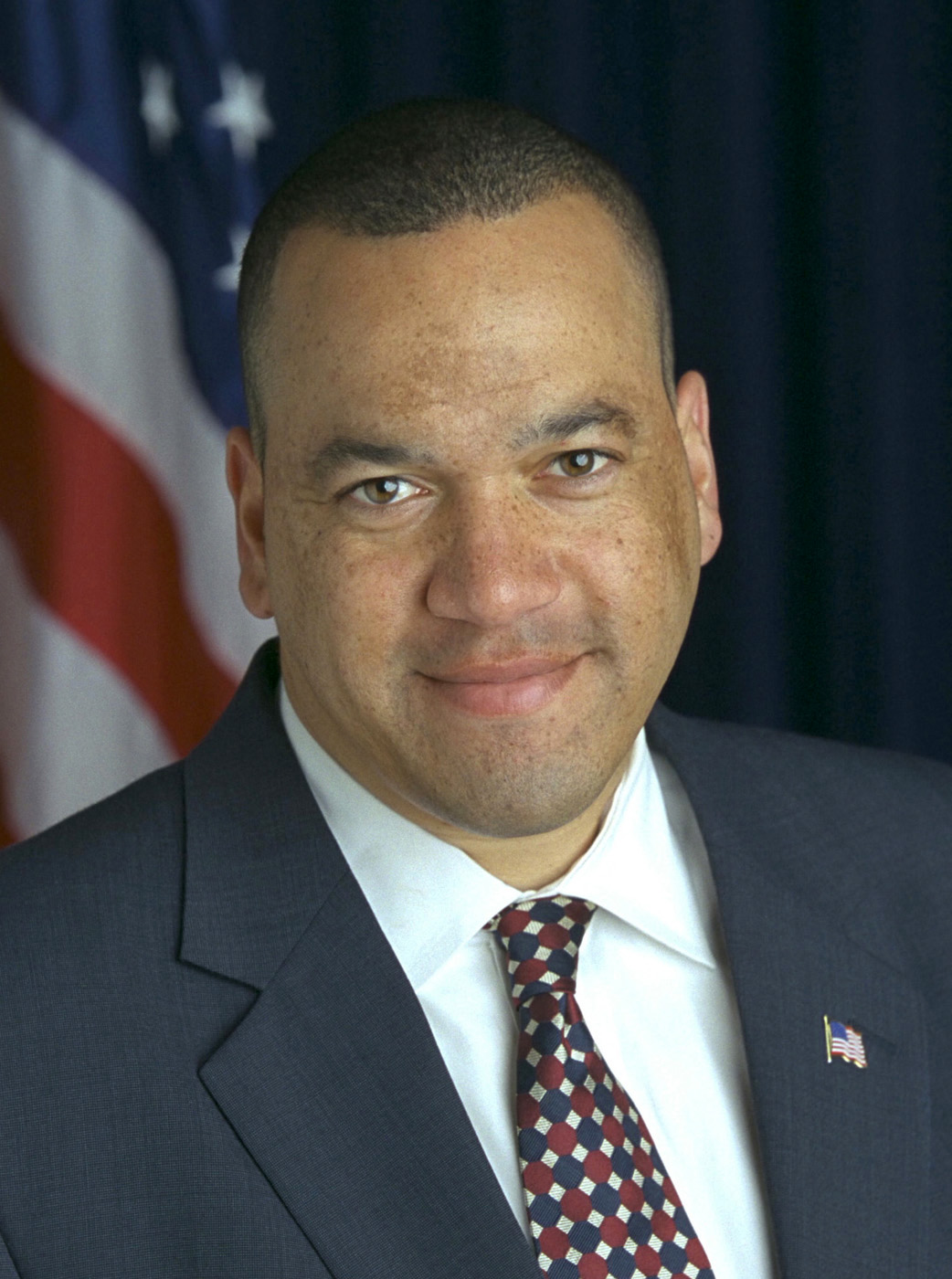If approved by the legislature, this budget will set in stone Governor Bush's environmental legacy.

"Eric Draper" was the White House Photo Director and personal photographer for U.S. President George W. Bush. Draper worked for the Associated Press as a photojournalist/news photographer prior to joining the White House.
His many assignments included United States presidential election, 1996/the 1996 and United States presidential election, 2000/2000 presidential campaigns, the 2000 Summer Olympics in Sydney, Australia, the Kosovo conflict in 1999 and the 1998 FIFA World Cup in France.
Over the years, Draper has also worked as a staff photographer for The Seattle Times, the Pasadena Star-News and the Albuquerque Tribune.
He won the Associated Press Managing Editors' Award for three consecutive years, the 1999 National Headliner Award and was named 1992 Photographer of the Year by E.W. Scripps Company/Scripps-Howard Newspapers. He is a graduate of Cerritos College and California State University, Long Beach.
More Eric Draper on Wikipedia.It's a local project that got a big chunk of money and then had problems. Members don't forget that.
There's an ongoing kind of resistance movement to Babcock. But I don't think they have the juice to deliver.
Well, you know, usually we're complaining about the governor and his budget, but in this case, he really has delivered something that made us happy.
Money changes everything. Especially when you have a lot of it. For Governor Bush, I think you're seeing him looking to burnish his legacy.
It used to be that we really were opponents on a lot of policy issues. We weren't listening to each other.
Most environmental decisions are based on science and we should not substitute a political decision-maker for science decision-making.
The Legislature should stop second-guessing the will of the voters.
What they're trying to do is to create the opportunity for them to be able to develop their land without them having to worry about someone challenging the development based upon the sprawl or the population projection rules, and those are two key concepts that the state Department of Community Affairs and counties use to determine whether a development is appropriate.
Copyright © 2024 Electric Goat Media. All Rights Reserved.